Color
Both BrickColor and Color (Color3) properties are used to set the color of parts. Here's a comparison to help understand their differences:
| BrickColor vs Color3 | |
| BrickColor | It is a legacy property that allows you to set a part's color using a predefined palette of colors. Each color in this palette has a unique name (e.g. 'Bright red'). BrickColors are easy to use and ensure consistency across different parts. |
| Color (Color3 Data Type) | It is a more modern and flexible way to set colors, allowing for a full range of RGB colors. This provides much finer control over the exact color you want to use. |
Empty
Empty
Empty
local part = Instance.new("Part")
part.BrickColor = BrickColor.new("Bright red")
part.Parent = game.WorkspaceEmpty
Empty
Empty
local part = Instance.new("Part")
part.Color = Color3.fromRGB(255, 0, 0)
part.Parent = game.WorkspaceMaterial
Materials enhance the visual realism and immersion of game objects by providing unique textures and appearances. Each material, like Brick, Grass, or Neon, offers distinct visual properties that improve the UI, making environments more engaging and lifelike.
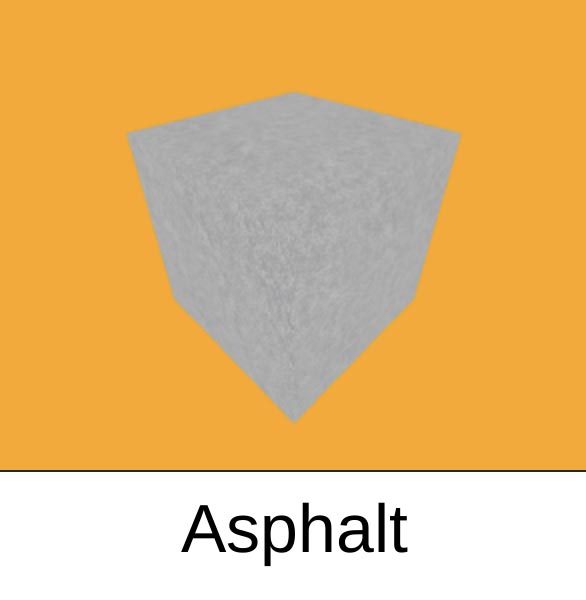
A textured material that resembles the surface of a paved road. Suitable for streets, driveways, and other paved surfaces.
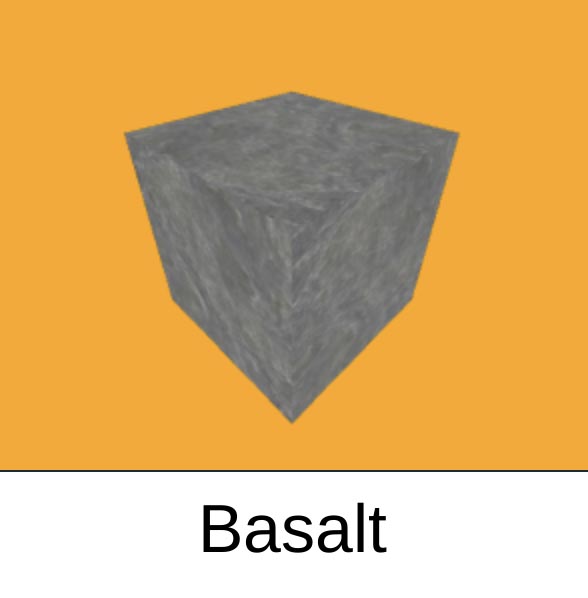
A dark, fine-grained volcanic rock texture. Ideal for creating volcanic landscapes and solidified lava features.
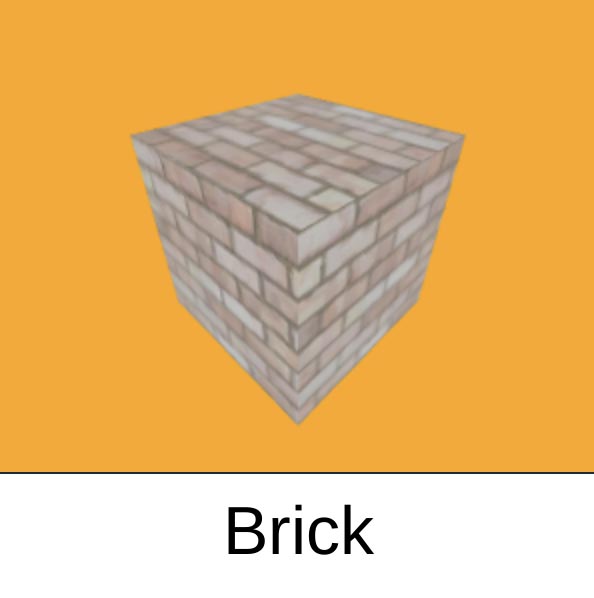
A material with a pattern of bricks. Commonly used for building walls and structures with a classic brick appearance.
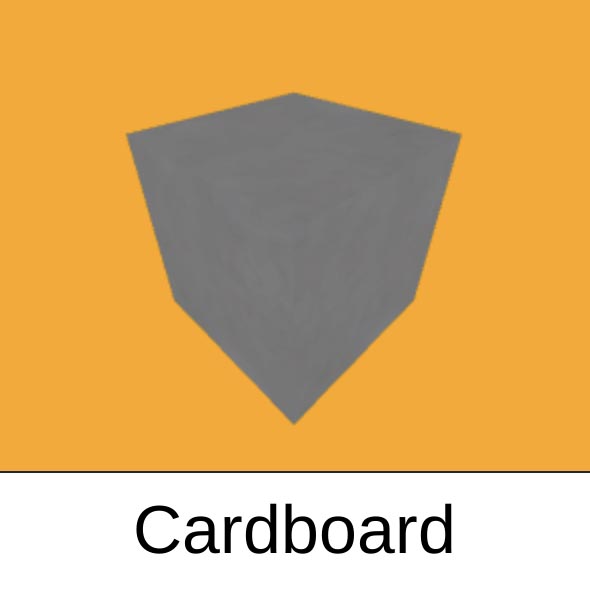
A texture that looks like corrugated cardboard. Suitable for creating objects or structures that appear to be made of cardboard.
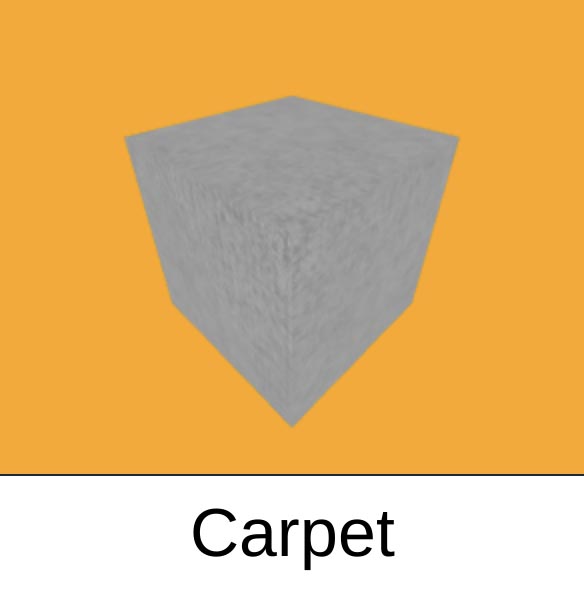
A soft, fabric-like texture. Often used for flooring in indoor settings to simulate a carpeted surface.
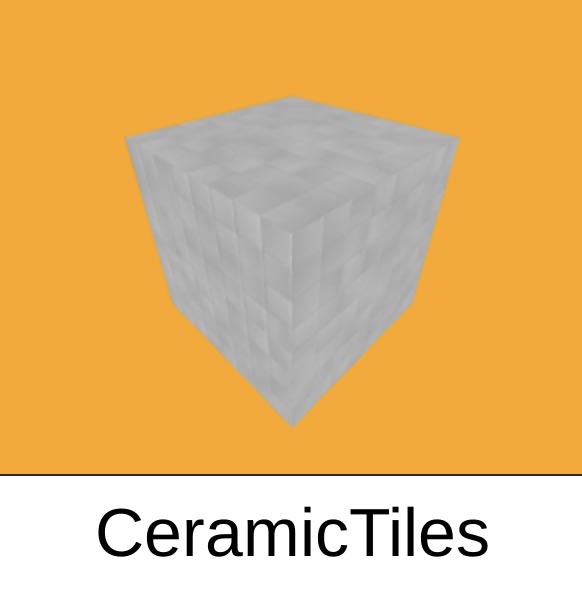
A smooth, glossy material with a tile pattern. Ideal for bathrooms, kitchens, and other tiled surfaces.
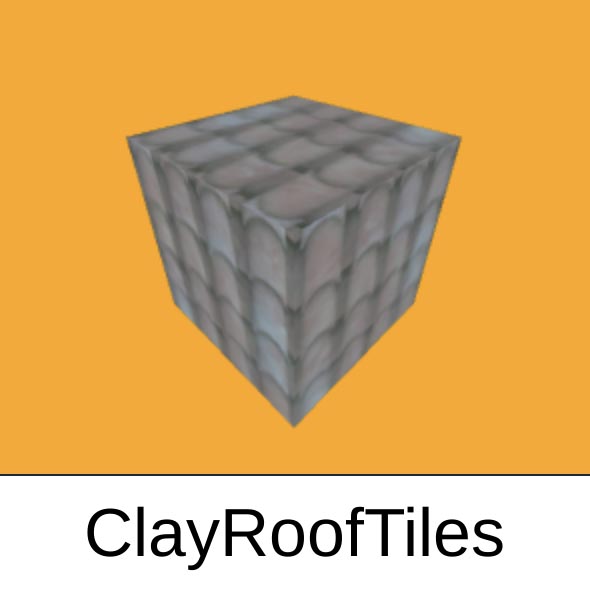
A material that simulates the appearance of traditional clay roof tiles. Suitable for roofing on houses and other structures.
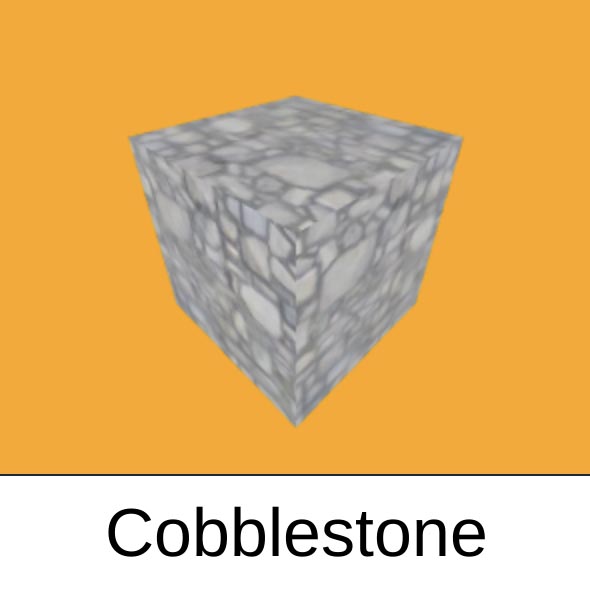
A rough, rounded stone texture resembling cobblestones. Commonly used for pathways, roads, and rustic buildings.
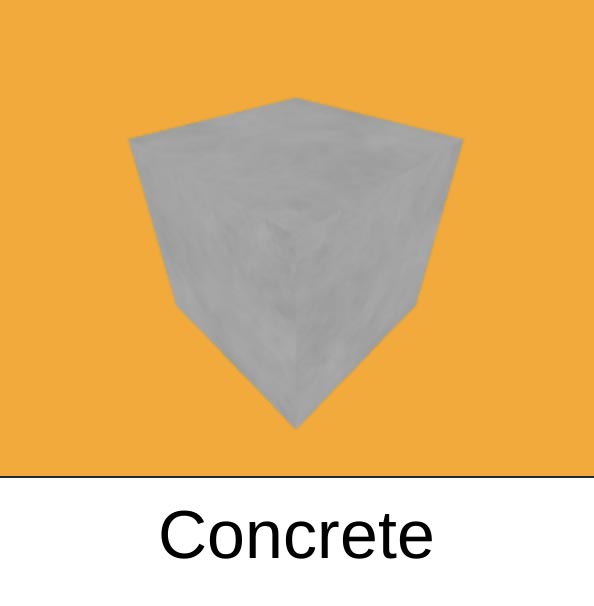
A rough, gritty texture resembling poured concrete. Suitable for buildings, sidewalks, and other concrete structures.
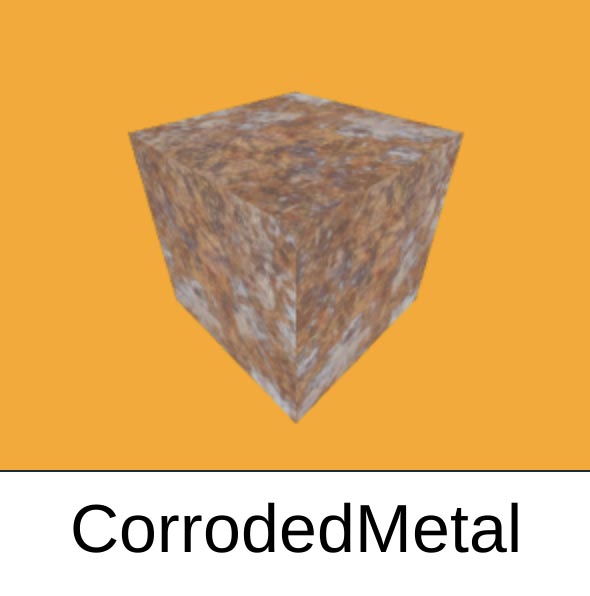
A rusted and weathered metal texture. Ideal for creating aged or industrial-looking metal surfaces.
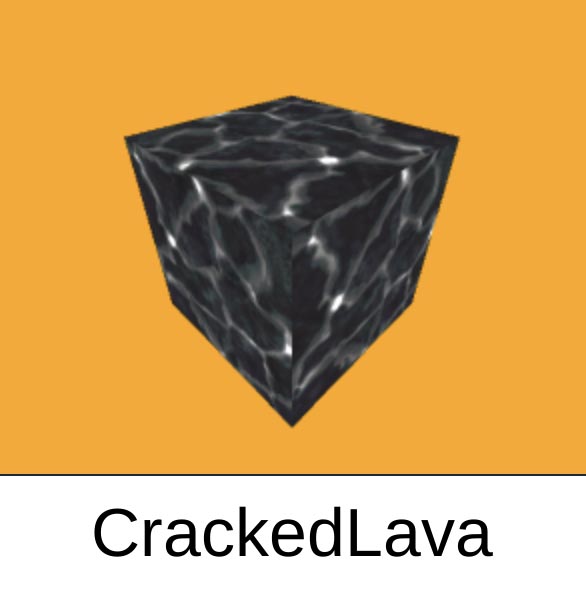
A material with a cracked, glowing lava texture. Suitable for creating volcanic areas and molten surfaces that look hot and active.
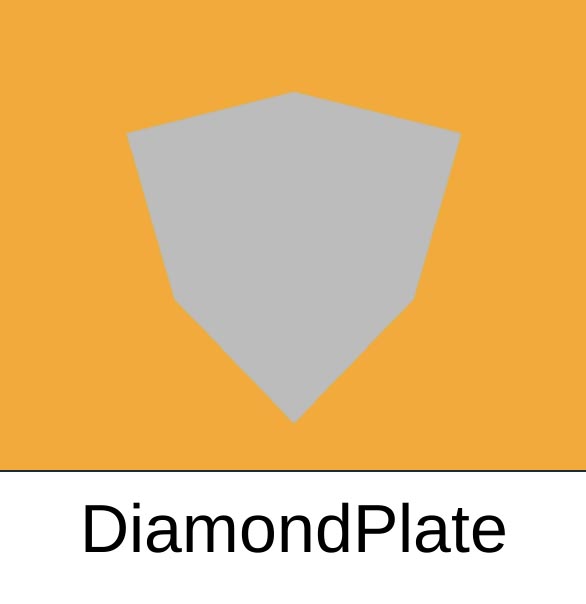
A textured metal with a raised diamond pattern. Commonly used for industrial flooring, platforms, and other high-traction surfaces.
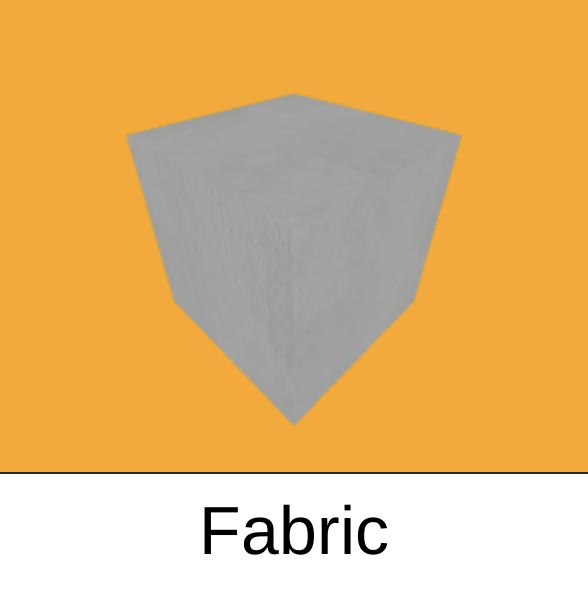
A soft, woven texture. Ideal for creating objects that look like they are made from cloth, such as clothing, upholstery, and other fabric items.
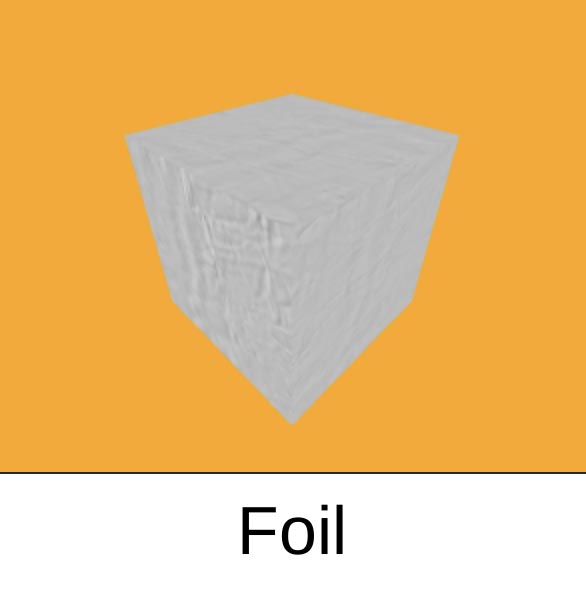
A shiny, crinkled metal texture. Suitable for creating reflective surfaces and metallic objects that resemble foil.
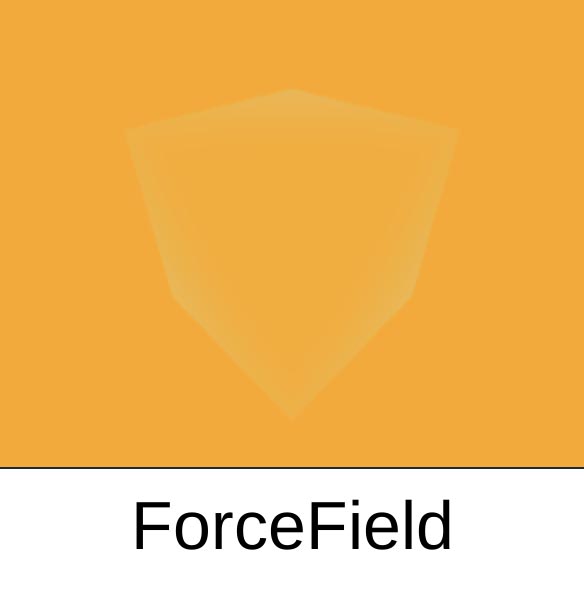
A semi-transparent, glowing material that looks like a force field or energy barrier. Ideal for sci-fi themes and protective barriers.
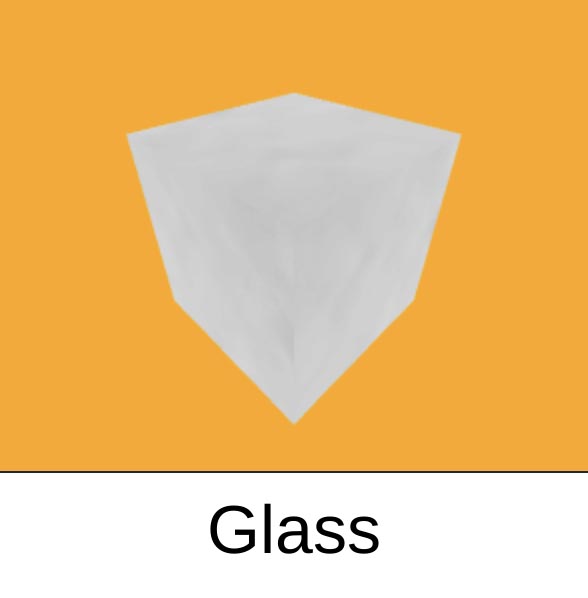
A smooth, transparent material. Used for windows, glass panels, and other clear objects that need to let light through.
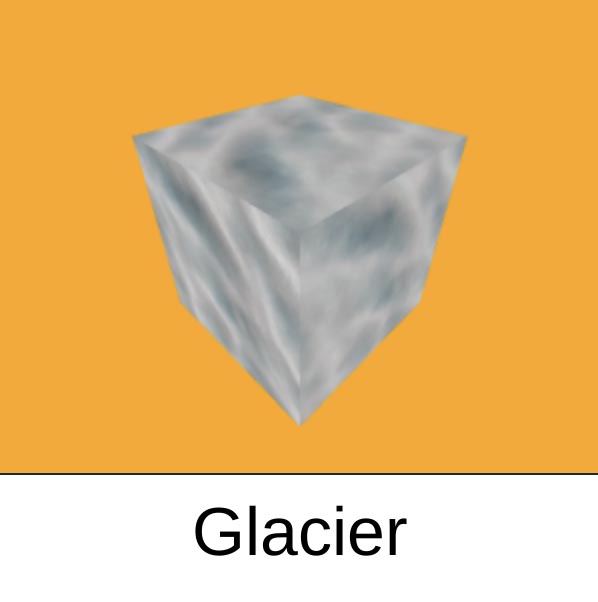
A translucent, icy material. Perfect for creating frozen landscapes, icebergs, and other icy features.
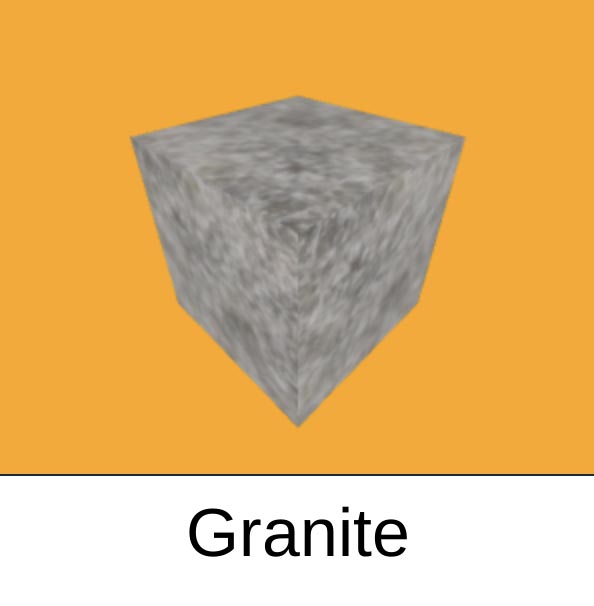
A coarse, speckled stone texture. Suitable for natural stone formations, buildings, and structures with a granite appearance.
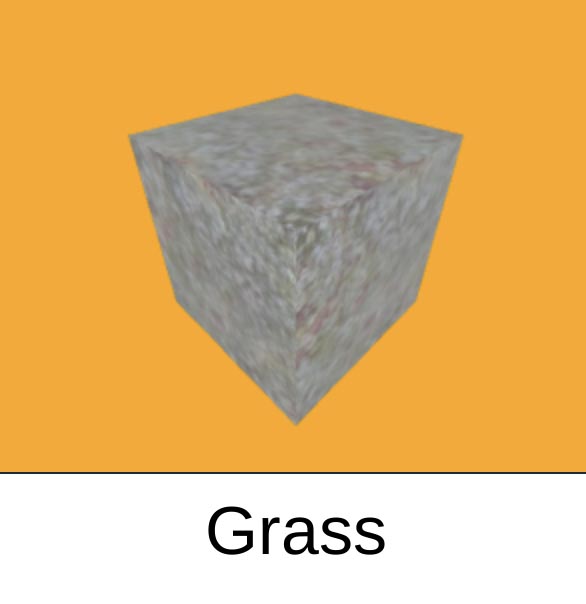
A textured material that looks like grass. Ideal for creating natural outdoor environments, fields, and lawns.
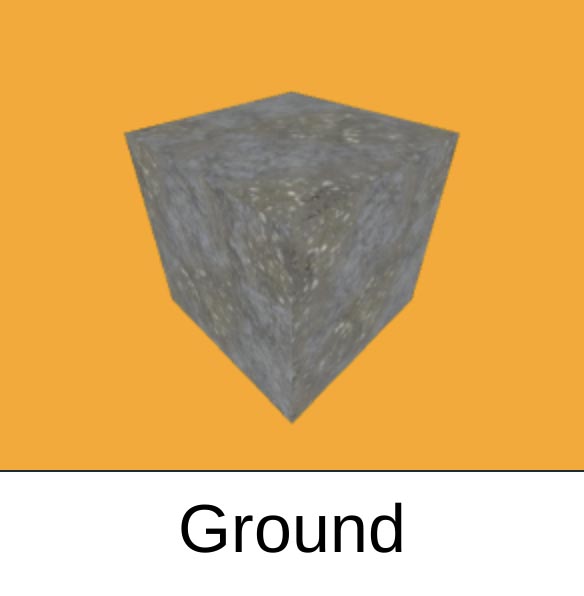
A general-purpose soil texture. Suitable for creating earth surfaces, natural grounds, and landscapes.
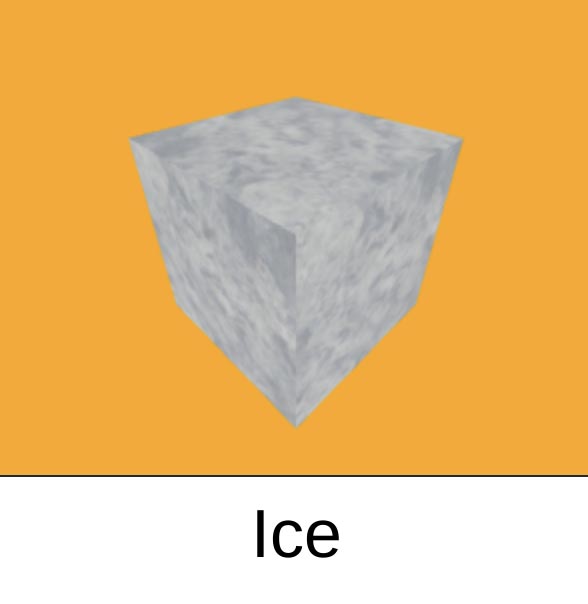
A smooth, semi-transparent material that looks like ice. Perfect for creating icy surfaces, frozen objects, and winter scenes.
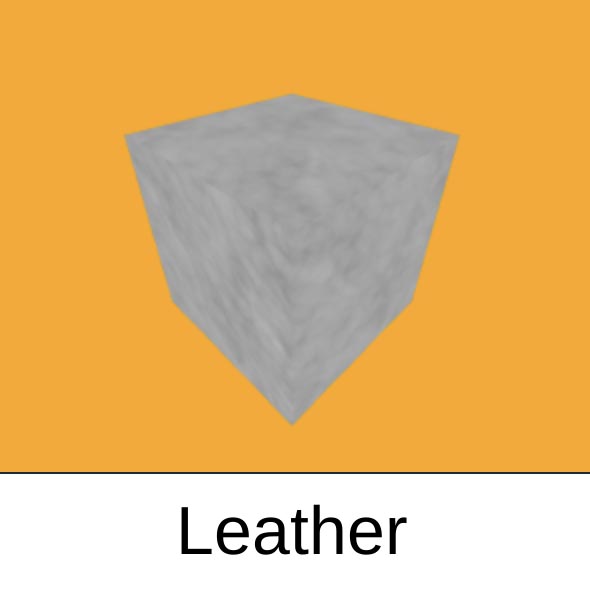
A textured material that looks like leather. Suitable for creating objects that appear to be made from leather, such as furniture, clothing, and accessories.
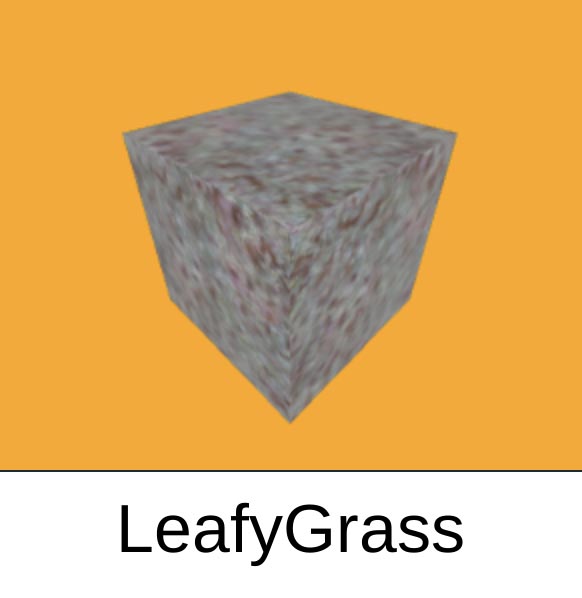
A textured material that resembles grass with leafy elements. Ideal for creating lush, natural outdoor environments.
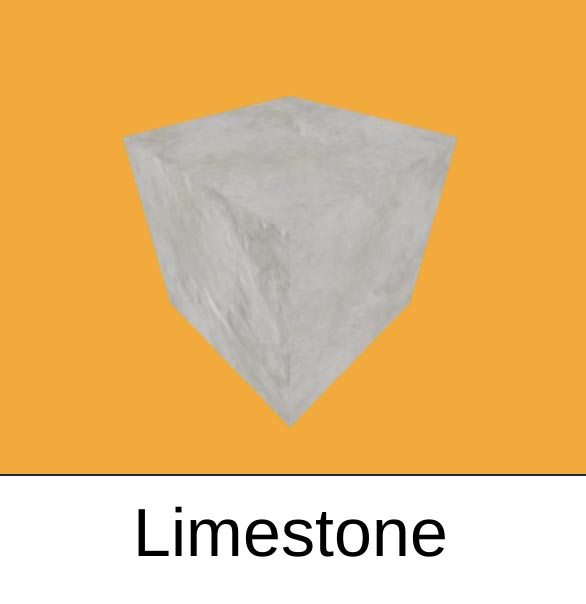
A fine-grained stone texture. Ideal for creating natural rock formations, building materials, and structures with a limestone appearance.
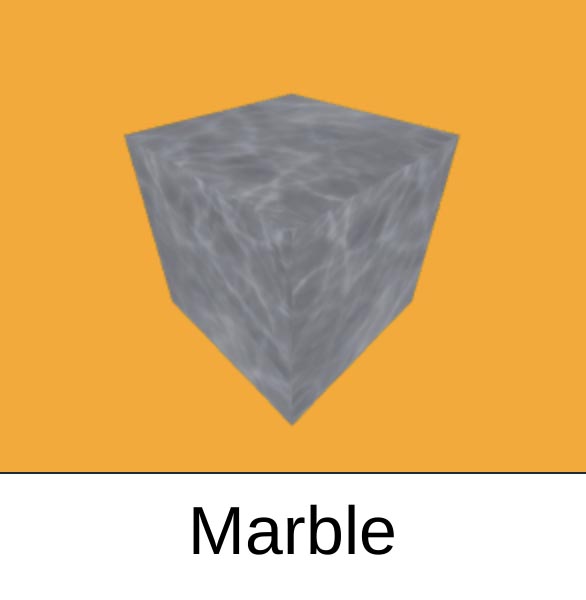
A smooth, polished stone texture. Suitable for creating decorative stone surfaces, tiles, and luxurious structures.
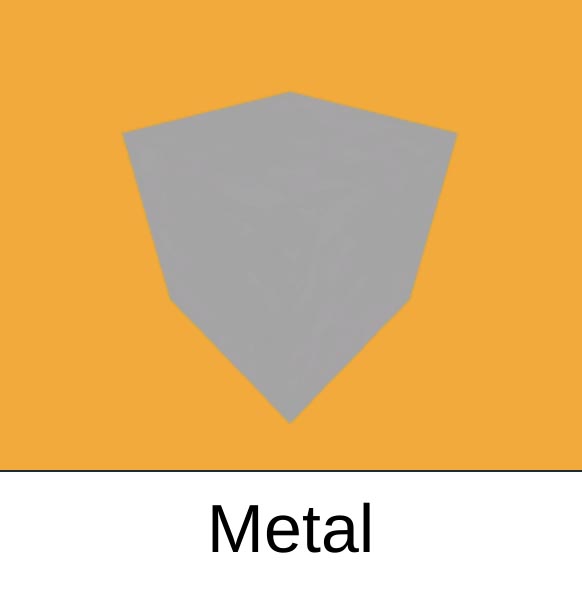
A shiny, smooth metal texture. Ideal for creating metallic objects, surfaces, and industrial elements.
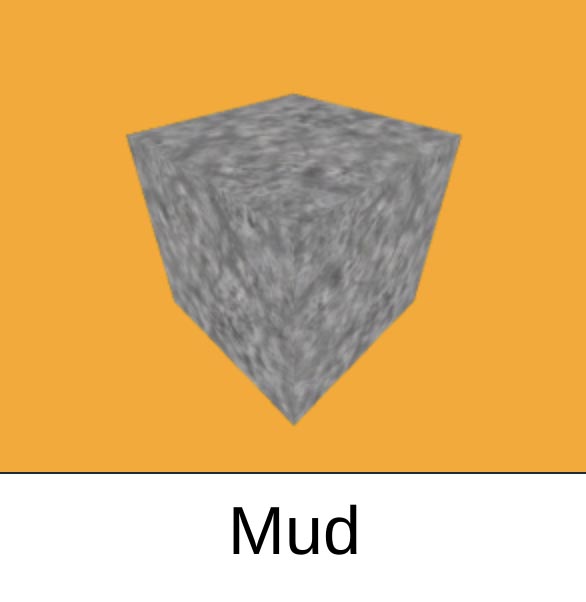
A dark, wet texture that looks like mud. Suitable for creating muddy grounds, wet surfaces, and natural environments.
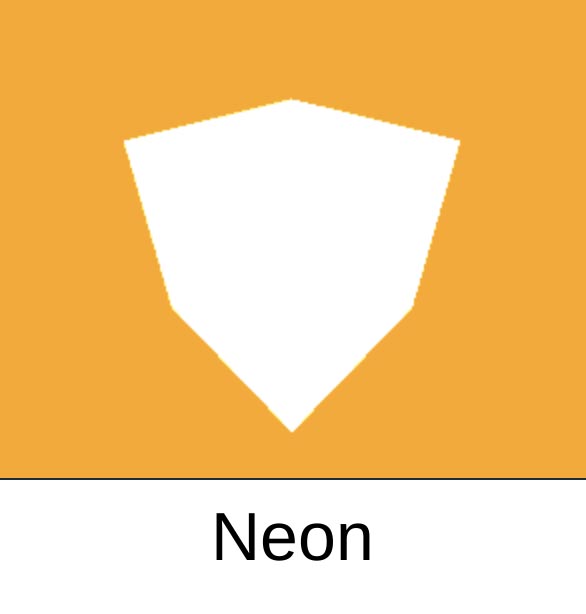
A bright, glowing material that emits light. Perfect for creating neon signs, glowing objects, and futuristic elements.

A rough, pebbled texture. Ideal for natural ground surfaces, pathways, and decorative landscaping.
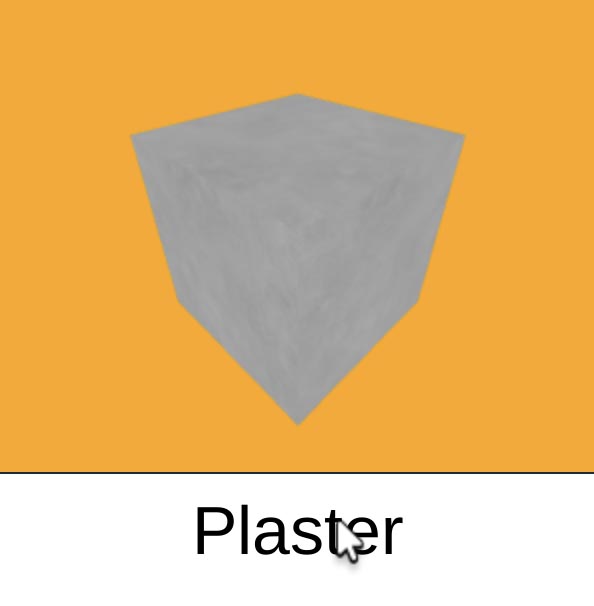
A smooth, slightly textured material that looks like plaster. Suitable for walls, ceilings, and other surfaces that require a plaster finish.
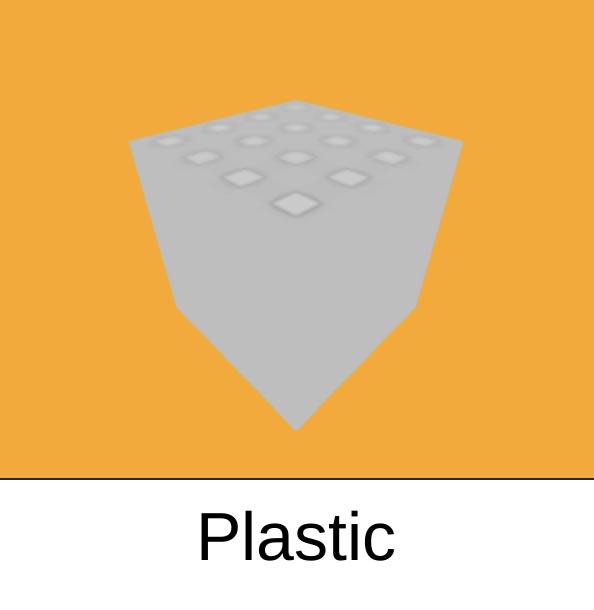
The default material, smooth and untextured. Suitable for most general-purpose uses, providing a clean, simple look.
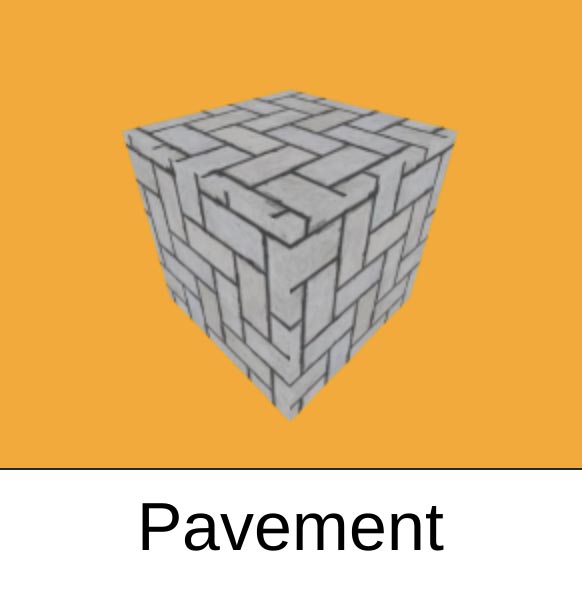
A textured material that resembles asphalt pavement. Suitable for roads, driveways, and urban environments.
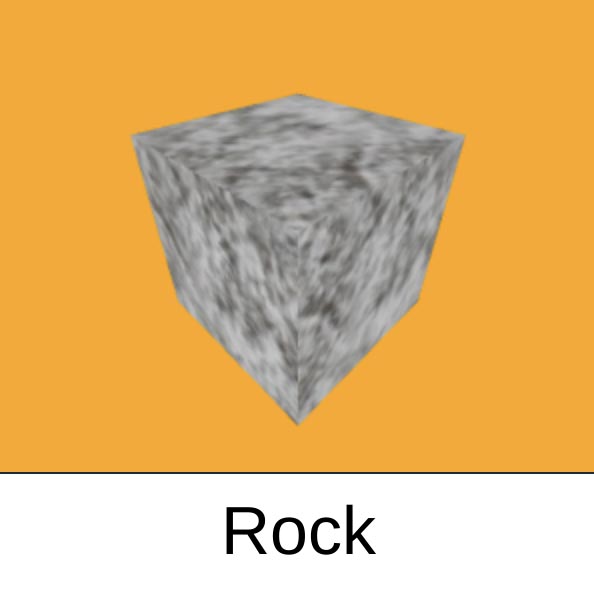
A rugged, rocky texture. Suitable for natural rock formations, mountainous terrains, and rocky landscapes.
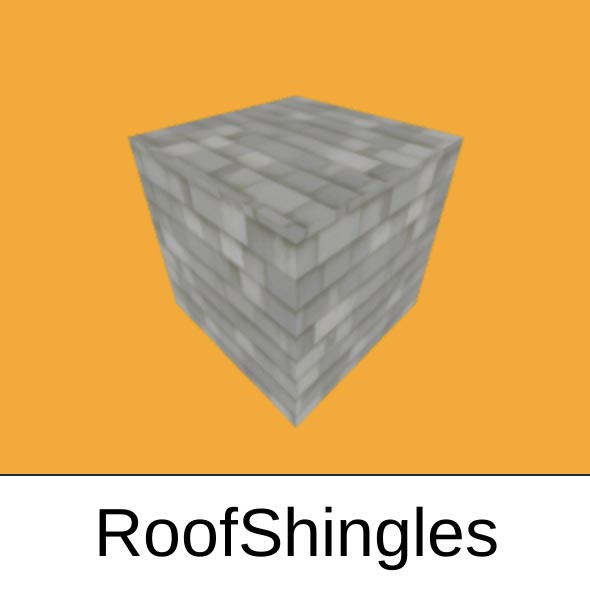
A textured material that looks like roof shingles. Ideal for roofing on houses and other buildings.
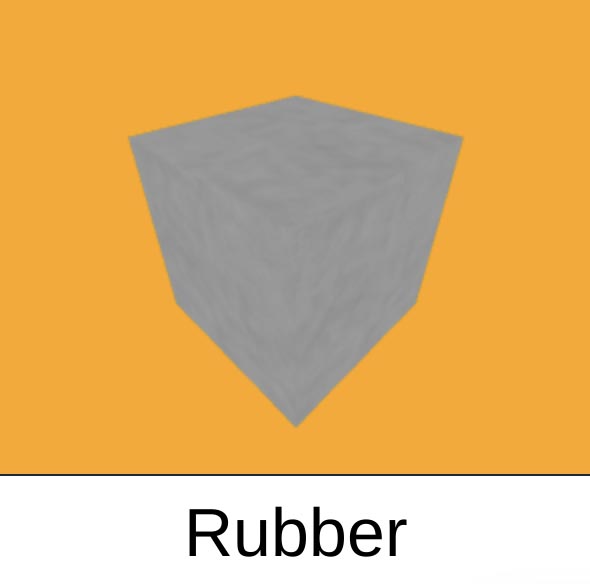
A smooth, slightly reflective material that looks like rubber. Suitable for tires, mats, and other rubber objects.
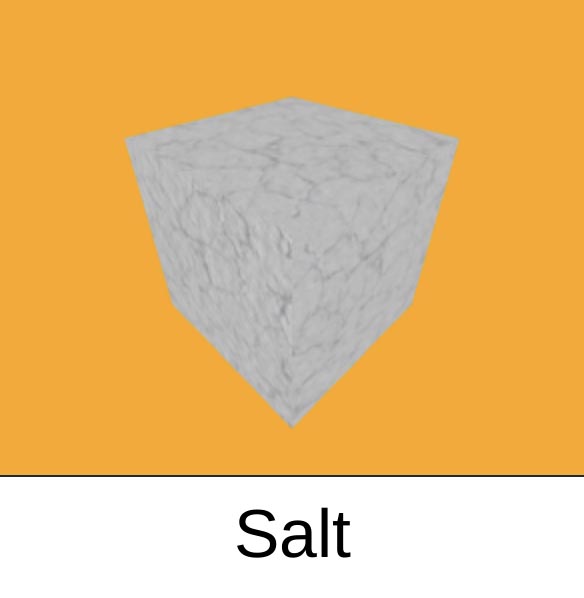
A fine, grainy texture that looks like salt. Suitable for creating salt flats, salt piles, and other salty environments.

A textured material that looks like sand. Ideal for beaches, deserts, and other sandy surfaces.
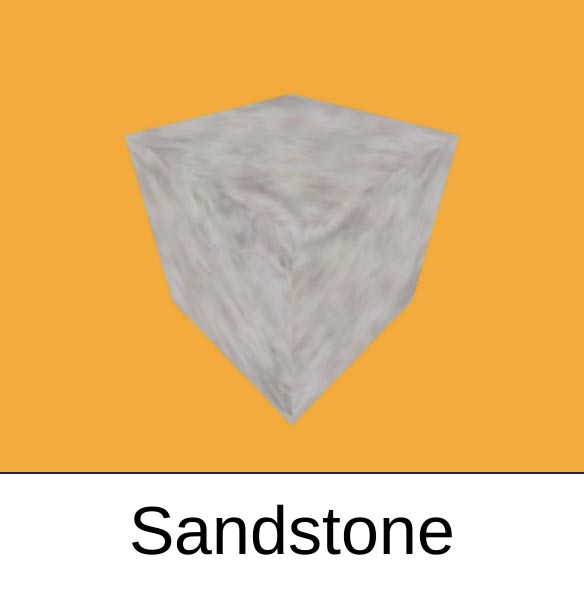
A coarse, grainy texture that resembles sandstone. Suitable for desert environments, ancient structures, and natural stone formations.

A rocky, uneven texture. Ideal for natural rock formations, roofing materials, and stone surfaces.
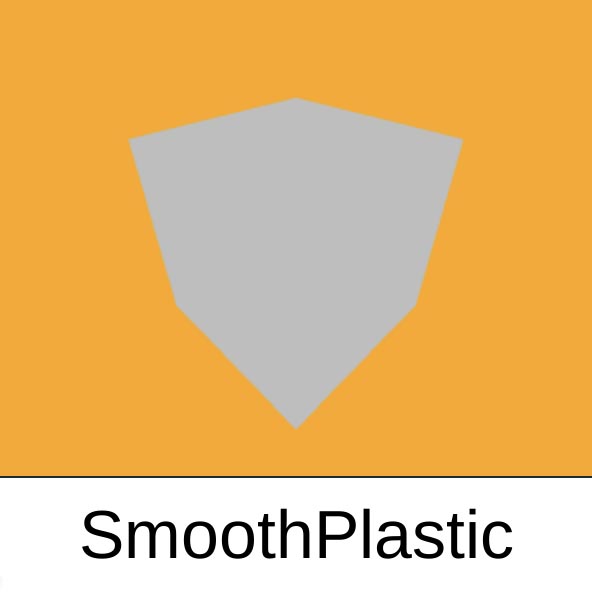
A smooth, untextured plastic material. Similar to Plastic but without the slight roughness. Suitable for clean, modern objects.
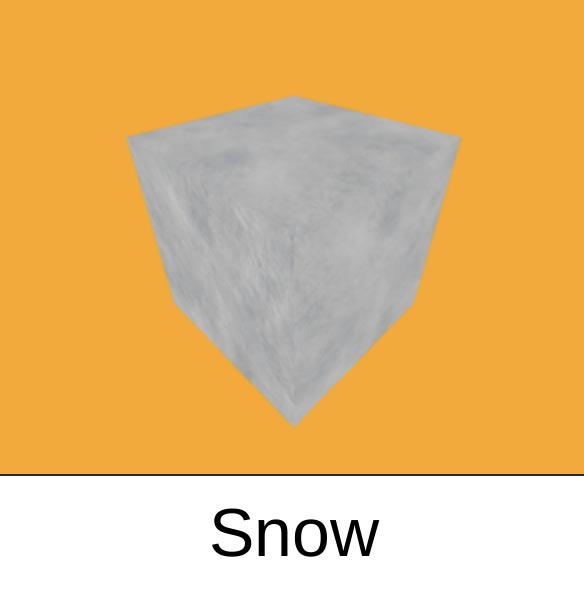
A fluffy, white texture that looks like snow. Ideal for creating snowy landscapes, winter scenes, and frosty surfaces.
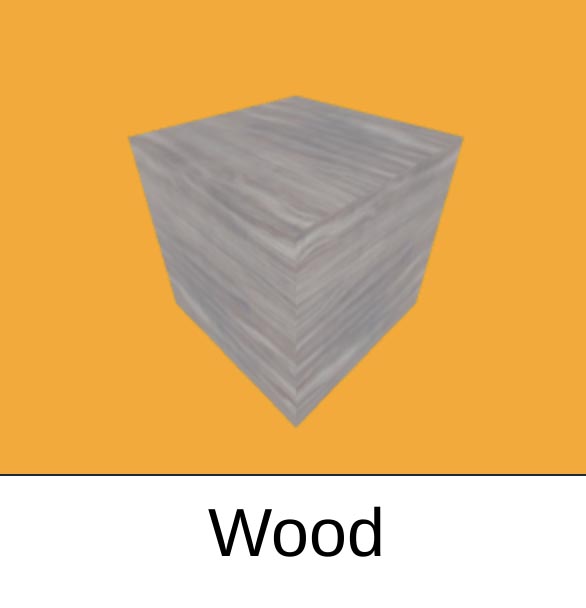
A textured material that looks like wood with a grain pattern. Suitable for wooden objects, furniture, and structures.
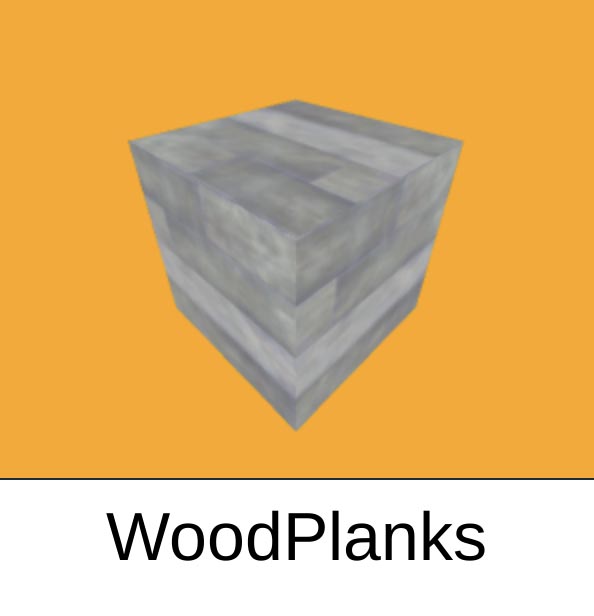
A wooden texture with visible planks. Ideal for floors, walls, and wooden structures that require a plank appearance.
If you found this tutorial helpful and would like to support my work, please consider buying me a coffee.
Thank you very much for your support!
Buy me a coffee